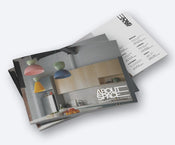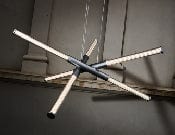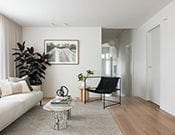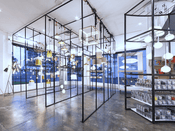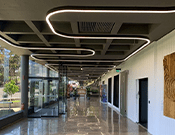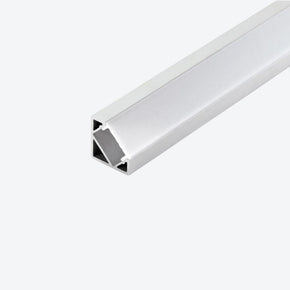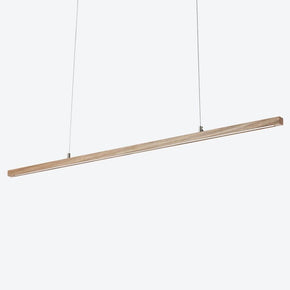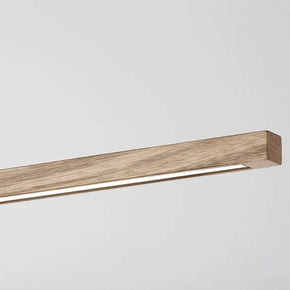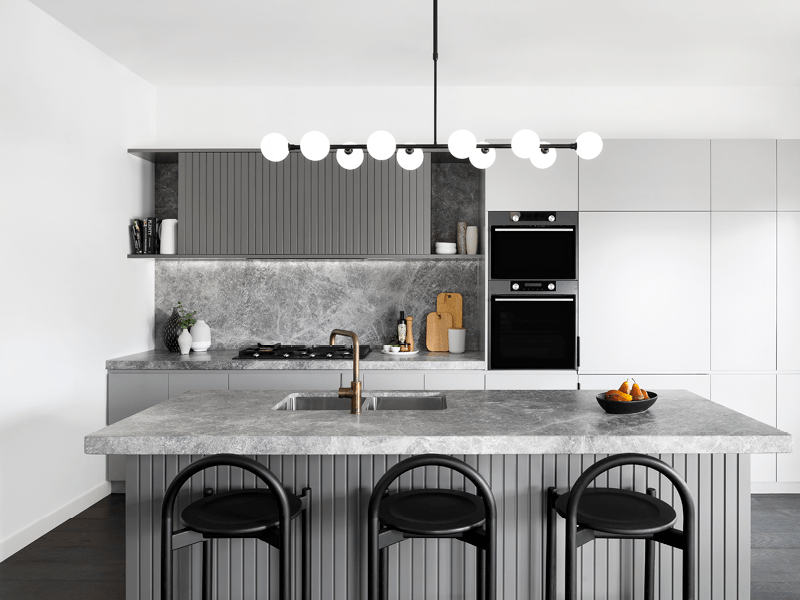- No products in the cart.
- ``
Luminous efficacy vs power efficiency: How we balance energy consumption and light output for better quality lighting
01
Jul
The quality of lighting has been scientifically proven to impact human behaviour. From your sleeping patterns to your buying patterns, to your productivity at work, lighting plays a big role, and the positive effects of ‘good lighting’ are many.
So how do you achieve good lighting? Well, you need to strike a balance between energy efficiency and appropriate light levels. And to do that, you need to take into account luminous efficacy.
What is luminous efficacy?
Luminous efficacy refers to how well a light source produces visible light. A ‘lumen’ is the total amount of light emitted by a light source, and we measure the efficacy of light sources in terms of luminous output per watt, and wattage per square metre. This is also known as Illumination Power Density (IPD). It’s a measurement we commonly use in the lighting industry.
There are three key aspects to consider when it comes to the efficacy of your lighting. These are:
1. Building codes
All buildings in Australia must comply with the requirements of the Building Code of Australia, which ensures the safety, amenity and sustainability of our buildings.
For example, the Building Code includes regulations for the energy efficiency of commercial buildings. Specifically, all office buildings must reduce their Illumination Power Density from 9W/m2 to 5W/m2 or lower for low-light spaces, such as bathrooms.
When choosing lighting for a project, we must adhere to these building codes. That’s one reason LED lights are so widely used in Australia. LED is the most efficient lighting technology available for general use - LEDs consume less power than other lights and have high efficacy.
2. Safe lighting levels for different applications
We also take into account the tasks being performed in the space and how to light the area appropriately. AS/NZS 1680 is the standard to follow with regards to light level requirements for every internal space. There are also Occupational Health & Safety standards for different activities that we need to consider. To do this, we use a light metre to measure luminous flux (the perceived experience of light, or in other words, how much light a light source emits) at different heights, such as floor and desk height.
At the same time, we need to make sure that the power consumption of any lighting adheres to energy efficiency standards. To do this, we use technology like sensors, dimmers, task lighting and LED bulbs, which provide excellent efficiency while still providing great luminous flux.
It’s important to note that we measure luminous flux in lumens, but this isn't necessarily related to wattage. While lumens measure how much light is emitted, watts measure how much energy is consumed. So an 8W downlight from one company may have a different lumen output to an 8W downlight from another company. What this means is that you can lower your power consumption by using higher efficacy lighting and fewer fixtures.
3. Aesthetics and Colour Rendering Index (CRI)
When choosing lighting, the Colour Rendering Index (CRI) is another critical factor to consider. The CRI of your light source impacts your experience of brightness and colour. The higher the CRI, the better the effect of the light source. When you get the CRI right, it’s possible to create better shadows (which is just as important as light), brighter and truer colours, and crisper whites. All of these factors are essential for bringing out the best in your design.
How to achieve quality lighting that’s both energy-efficient and provides appropriate light levels
By balancing efficiency and efficacy, it’s possible to save power and achieve the best possible aesthetic. Get in touch with the About Space team if you need any more information on lighting efficacy or would like help with your next lighting project.

